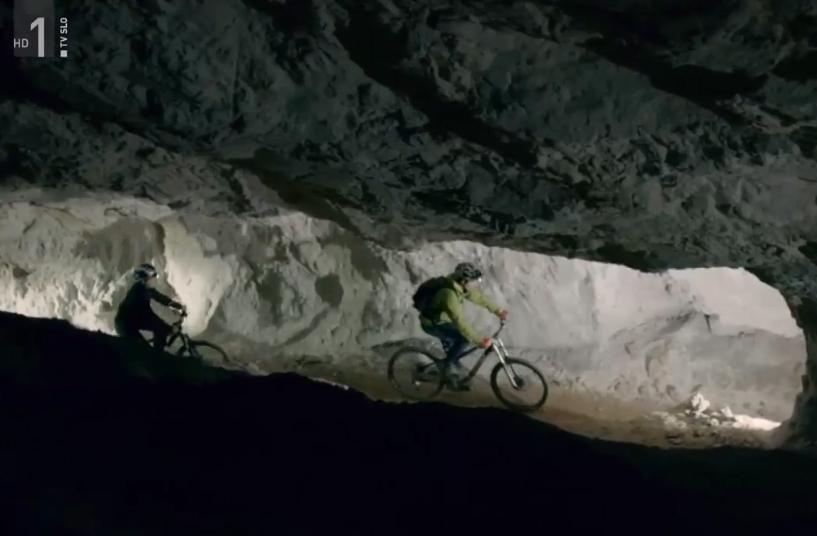
A special committee under the leadership of ethnologist Janez Bogataj made its choice among 44 candidates that entered this year’s competition, titled Innovative Tourism Programs for an Active Vacation in a Natural Environment. The commission ended up selecting the Karavanke UNESCO Global Geopark, a project run by the Karavanke Geopark Working Group.
The award, which was named after the first tourist, the pilgrim St. James, went to a geopark that has become an example of good cooperation between Slovenia and Austria, particularly in the field of natural experience.
The Karavanke Geopark is a transnational project located along the border between Slovenia and Austria. It presents tourist-oriented content using innovative approaches. Programs for a deep experience of natural environments enable visitors to choose among a broad range of active breaks in the area. The Geopark has two focal points – the World of Geology in Austria’s Eisenkappel and the Geopark Information Center in Slovenia’s Mežica. The latter is linked to a tourist mine: “This project is innovative mostly because it introduces visitors to the natural world in a more personal, appealing, and understandable way. Cross-border links play an important part in this approach; they are a reminder that the intersections of different cultures enrich modern-day people,” stated the committee in its citation.
The 2017 Jakob was unveiled at Slovenia’s central tourism event, the 28th annual Natour Alpe-Adria, with 330 tourist providers from 15 countries: Slovenia, Bosnia-Herzegovina, Croatia, Serbia, Macedonia, Italy, Albania, Austria, Hungary, the Czech Republic, Slovakia, Nepal, India, Jordan, and Tunisia.
D. S., translated by J. B.

































































